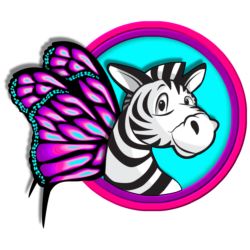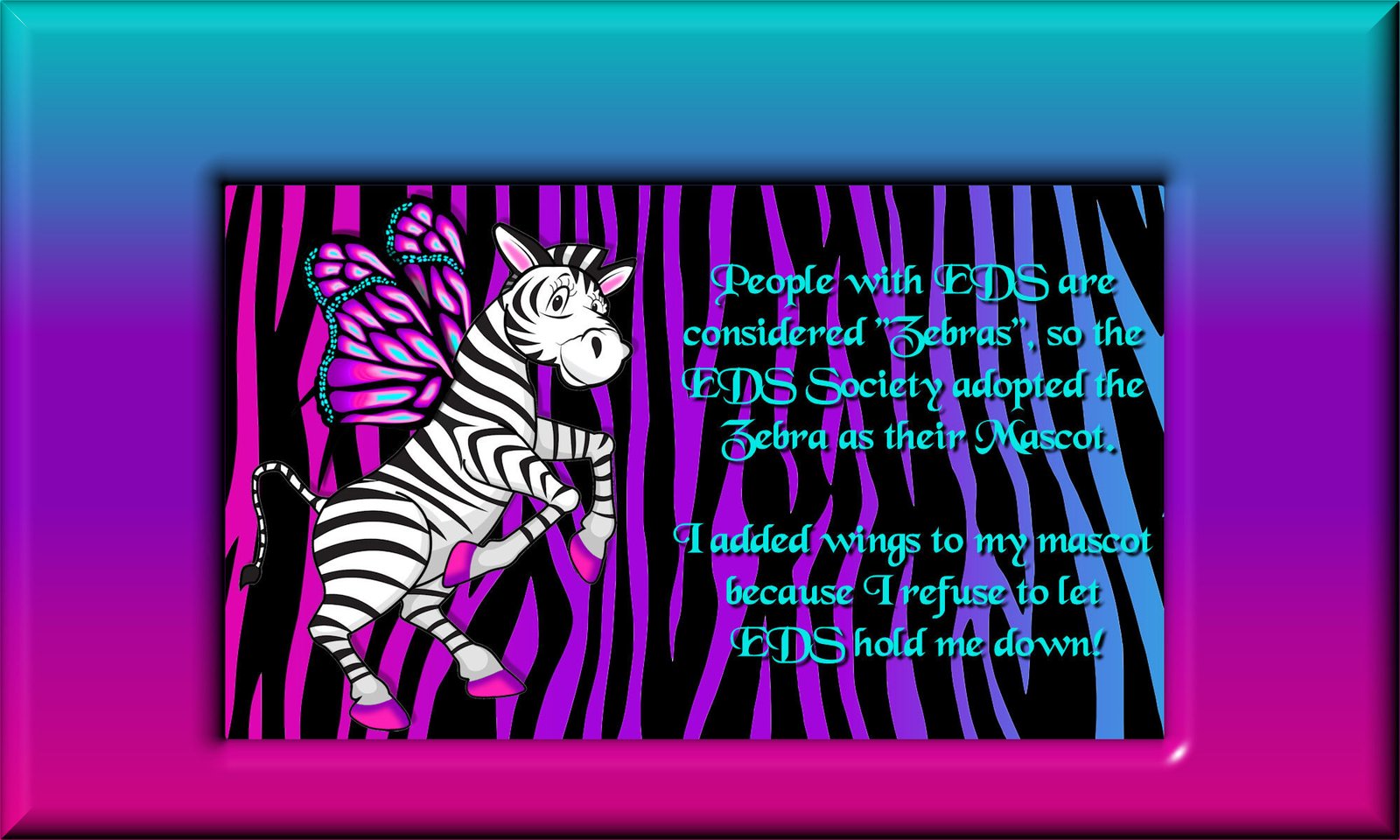The EDS community has adopted the zebra as it’s mascot (like many other rare disorders), because of the adage doctors are taught in training: “When you hear hoofbeats, think horses, not zebras”. The meaning behind this is that most of the time, the simple answer is the correct one, and rare diagnoses are just that… rare. So when they do encounter someone with a rare condition, we are called “zebras”.
EDS is a complex disorder that affects many different bodily systems, and each patient may seem significantly different when it comes to symptoms and overall condition, so it’s hard to sum up in a few words. There are actually more than a dozen different types of EDS, with different characteristics, but a lot of overlap. I have Type 3, also known as “Hypermobile Ehlers-Danlos Sydrome” (hEDS), because one of the primary symptoms is having joints that are overly bendy (often called “double jointed”) and also very fragile and prone to dislocation, subluxation, and/or injury.
At it’s heart, EDS is a connective tissue disorder that affects the collagen in the body. Since collagen is a major building block in nearly every bodily system, that means EDS can affect all of these systems! This diversity is part of what makes EDS difficult to diagnose, since it’s different for every patient and often mimics the characteristics of other health issues. If you would like to know more, feel free to explore the EDS Section of my website, where I plan to compile both educational info and my personal experiences.


